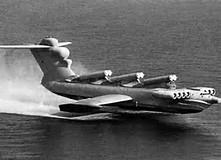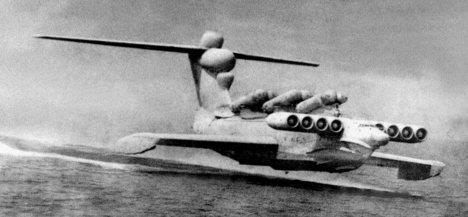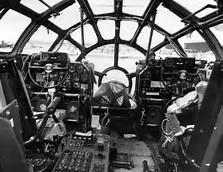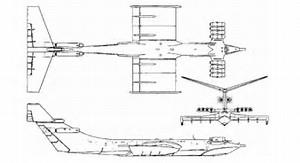A free template by Lucknowwebs.com for WYSIWYG WebBuilder 8
Powered by Sispro1-S
Nigel G Wilcox
Paragon Of Space Publication
© Copyright Reserved - United Kingdom
Ideal Screen Composition 1024 x 768
SITEMAP
SCIENCE RESEARCH
ABOUT
Desk
Supersonic
Stealth
MAIN INDEX
Sea-Air Planes
Russian Caspian Sea Monster
Role: Ekranoplan
Manufacturer: Central Hydrofoil Design Bureau
Designer: Rostislav Evgenievich Alexeev
First flight: October 16, 1966
Status: Destroyed in 1980
Number built: 1
General characteristics
Length: 92.00 m (301 ft 10 in)
Wingspan: 37.60 m (123 ft 4 in)
Tail stabilizer span: 37 m (121 ft 5 in)
Height: 21.80 m (71 ft 6 in)
Wing area: 662.50 m2 (7,131.1 sq ft)
Empty weight: 240,000 kg (529,109 lb)
Max takeoff weight: 544,000 kg (1,199,315 lb)
Powerplant: 10 × Dobrynin VD-7 turbojet, 127.53 kN (28,670 lbf) thrust each
Performance
Maximum speed: 500 km/h (311 mph; 270 kn)
Cruise speed: 430 km/h (267 mph; 232 kn)
Range: 1,500 km (932 mi; 810 nmi)
Ground effect altitude: 4-14 m (13 ft 1 in-45 ft 11 in)
Maximum sea state: 1.2 m (3 ft 11 in)
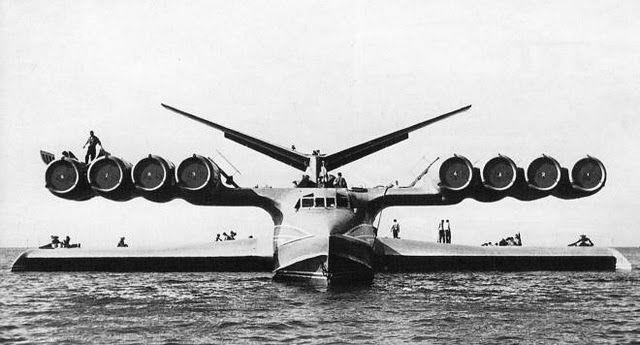
Dubbed the “Caspian Sea Monster” by US Intelligence, this 92-metre (301-foot) long Russian ekranoplan (a mixture of airplane and hovercraft) was spotted during the height of the Cold War in 1966, by an American spy satellite while it scanned the Caspian Sea.
Initially it baffled the West due to its odd shape and intimidating size, which made it poorly suited for traditional sea to air flight. The Sea Monster’s actual function was to fly very close to the water or ground, producing a cushion of air that increased its lift and made it more efficient than a traditional aeroplane. This phenomenon is known as ‘ground-effect’ and could have allowed the vehicle to fly low enough to be undetectable by enemy radar at the time, ferrying hundreds of troops and armoured vehicles across the water in secret.
intelligence analysts calculated that, even if completed, it would actually fly really badly. This, coupled with the position of the engines, located well forward of the wing, made them realise what they were looking at was something entirely different. They had stumbled on one of the most top secret military projects of the Soviet era. The object was soon dubbed the Caspian Sea Monster.
What they were looking at was, in fact, an Ekranoplan; a wing in ground effect or WIG craft designed to fly at very high speed a few metres over the top of the sea. It sounds not unlike a hovercraft. But where a hovercraft floats on a skirt of air, the Ekranoplan sits clean above the surface and relies on a well known, if little understood aerodynamic phenomenon called "ground-effect".
In very simple terms the wing produces a dynamic cushion of air when it's close to the ground and the Ekranoplan effectively rides upon this. It's the same effect that pelicans use when flying low over the sea and it's a remarkably efficient way of flying, actually increasing lift by as much as 40%. All of which means the Ekranoplan was far more efficient than conventional aeroplanes.
Forbidden word
But even more crucially, its ability to fly just a few feet above sea level lent it one huge military advantage - the fast and efficient Ekranoplan was stealthy, capable of carrying troops and armoured vehicles rapidly under the gaze of enemy radar.
But all this was still a mystery to the West in the 1960s. It would be a quarter of a century later, in 1991, before the first photographs of these "sea monsters" were finally published and their existence confirmed.
The only model of the Caspian Sea Monster was unfortunately crashed in 1980 after a pilot error, and was much too heavy to recover from its watery grave. Plans were made to deploy over 100 similar planes during the 1990s, but the end of the Cold War also put an end to these developments, leaving only a handful of ekranoplans in existence.
The KM, powered by eight Dobryin VD-7 turbojets on the front of the fuselage, and two on the tail for extra thrust during take-off, first took to the air in October 1966. During its extensive test career, it was continually modified. The wingspan was altered to between 32m and 40m, and the length varied from 92m to 106m.

The Caspian Sea Monster, officially «KM», also known as the "Kaspian Monster", was an experimental ground effect vehicle-a craft that flies, but stays close to the surface so it can rely on the ground effect. It was developed at the design bureau of Rostislav Alexeyev.
Maximum speed: 500 km/h (310.69 mph) Length: 301.84 ft Wingspan: 123.36 ft Type: Ground effect vehicle Designer: Rostislav Alexeyev
S'sonic
Stealth
Menu
Space
Transport
Menu
Topic
Menu
Study
Menu




